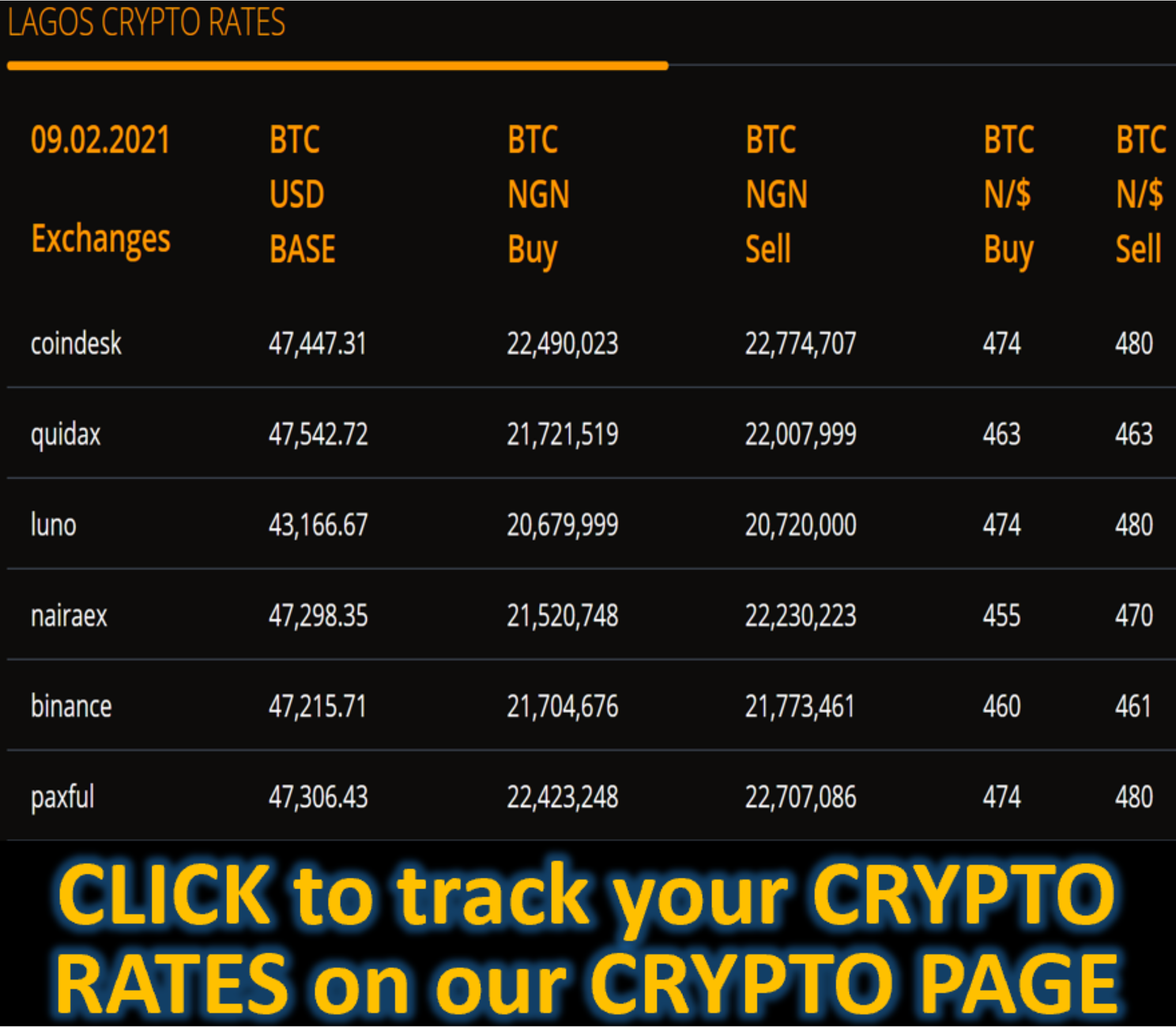Market News
OPEC+ to Pause Output Hikes Next Year as Market Set for Glut
BY Salma El Wardany, Fiona MacDonald, Grant Smith and Nayla Razzouk
(Bloomberg) -- OPEC+ will pause output increases during the first quarter — after making another modest hike next month — as the group balances its push for market share against signs of an emerging surplus.
Key members led by Saudi Arabia agreed during a video conference on Sunday to revive 137,000 barrels a day next month, matching increases scheduled for October and November, then take a January-to-March hiatus. The first quarter is normally a period of weaker demand and delegates said the decision to pause from January reflects an expectation for a seasonal slowdown.
However, it also comes during a period of uncertainty for oil traders. Sanctions on Russia, co-leader of the Organization of the Petroleum Exporting Countries and its allies, have created question marks about Moscow’s supply prospects. At the same time, traders are pointing to a ballooning glut that’s only expected to get bigger going into next year.
The pause “is certainly another plot twist, but I think a prudent one given the supply picture uncertainty for the first quarter,” said Helima Croft, head of commodity strategy at RBC Capital.
While the sanctions on Russia helped support prices after they dropped to a five-month low, one delegate said earlier on Sunday that it was too soon for OPEC+ to gauge the overall market impact of the measures.
The January-to-March pause will be the group’s first break from adding barrels since they began a rapid restoration of halted supplies in April.
“OPEC+ is blinking but it’s a calculated blink,” said Jorge Leon, an analyst at consultant Rystad Energy AS who previously worked in the OPEC Secretariat. “Sanctions on Russian producers have injected a layer of uncertainty into supply forecasts.”
Taking a breather early next year will leave the eight nations with roughly 1.2 million barrels a day of the current supply tranche still to restore. Delegates said there was widespread support for Sunday’s decision.

Brent crude futures are down about 13% this year, settling below $65 a barrel on Friday. As well as the sanctions on Russia, they’ve also drawn support from a one-year truce on trade tariffs reached last week between Washington and Beijing.
Saudi Crown Prince Mohammed bin Salman will head to Washington later this month to meet President Donald Trump, who has repeatedly called on OPEC to help bring down fuel prices.
Fallen Short
OPEC+’s actual output increases have fallen significantly short of the advertised volumes, as some members offset earlier overproduction and others struggle to pump more, limiting the impact on the market.
OPEC+ has repeatedly said that its decision to revive production this year — despite industry-wide warnings of a price slump — has been driven by “healthy market fundamentals” and low inventory levels. The resilience of prices for much of the year, even as the group restored a 2.2 million-barrel supply tranche a year early, partly validated its stance.
Yet there are increasing signs that, with demand in top consumer China cooling and supply across the Americas booming, the world market is now tipping into oversupply. Top trading houses like Trafigura Group say the excess has arrived, pointing to an accumulation of barrels on the world’s tanker fleet.
The International Energy Agency in Paris predicts that world supplies could exceed demand this quarter by more than 3 million barrels a day, and then balloon to an unprecedented glut next year, at least on paper. JPMorgan Chase & Co. and Goldman Sachs Group Inc. forecast further price losses below $60 per barrel.
The market downturn is inevitably taking a toll on oil producers such as America’s shale drillers. While the US remains the biggest source of supply growth this year, it’s projected to stall in 2026, and shale executives have warned that as investment ebbs, the industry is hitting a “tipping point.”
Saudi Arabia’s departure from years of effort to shore up crude prices is also having consequences for the kingdom itself. The country’s budget deficit deepened in the third quarter, and it has been forced to scale back spending on some economic transformation projects, including the futuristic city of Neom.
The full 22-nation OPEC+ alliance is due to meet on Nov. 30 to review production levels for 2026.
--With assistance from Ben Bartenstein.
(Updates with details about support for the pause.)









